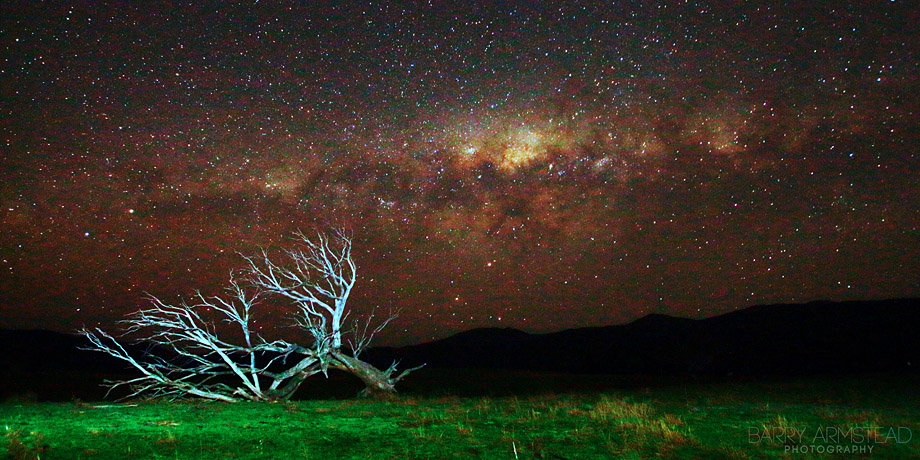I've done this many times. Here's what you will need.
A good dark site with big open skies and no city lights. Foreground object for interest, tree, rock, windmill etc.
DSLR Camera
Wide angle lens, (the wider the better) Prime focus or zoom.
Heater belt around lens or a cordless hair drier. (keep the lens from fogging up in the night air) You can do this on the cheap with one of those chemica hand warmer packs wrapped around the lens. Careful not to mess up the focus in doing so.
Good solid tripod. If it's not heavy enough, put a tent peg in the ground under it and pull the tripod down with an ockey strap.
Manual focus. Pick a bright star, (not a planet), zoom in all the way with the lens, (if you have a zoom lens), then with the live view. Centre and focus on a calibration star. Adjust focus manually. Turn live view off and zoom lens back out. (careful not to move the focus ring or you will have to do it all over again.)
Point your camera at the radiant.
Image stabilising function OFF (it's a bad thing on a fixed tripod, trust me.)
ISO 800 to 3200 depending on your pleasure (higher means more noise, but more light sensitive)
Intervalometer (if not, set 2 second delay between shutter presses, so the camera can stop shaking before the shutter trips.)
20-30 second exposures, (longer ends up with star trailing) and let them run all night.
Thermos of hot soup/coffee/chocolate
Warm clothes/blanket
comfortable camping chair
Tarp or tent in case of dew
Head torch
Here's a tip - if you put a blanket under your tripod, it can really help when you drop things. Put all your stuff on it so you are not fumbling around in the grass/dirt for stuff.
Baz.

